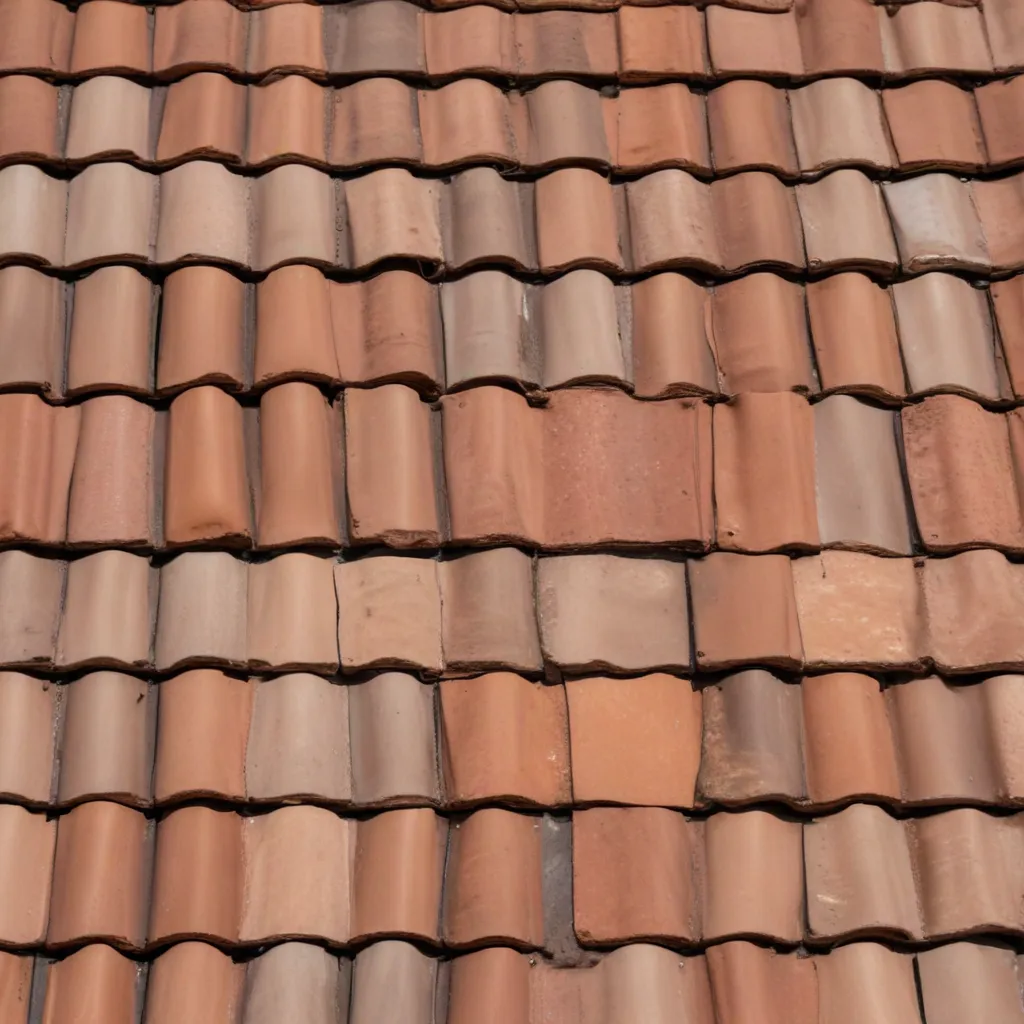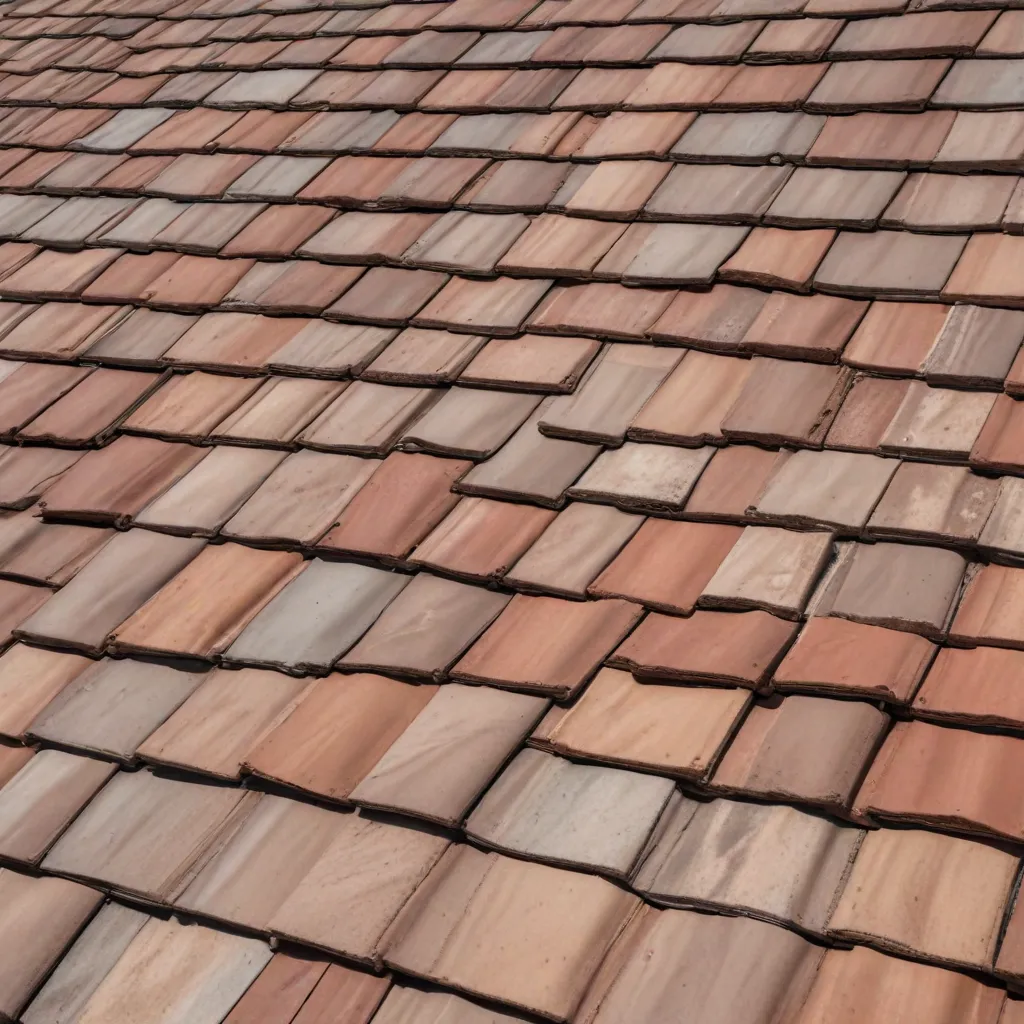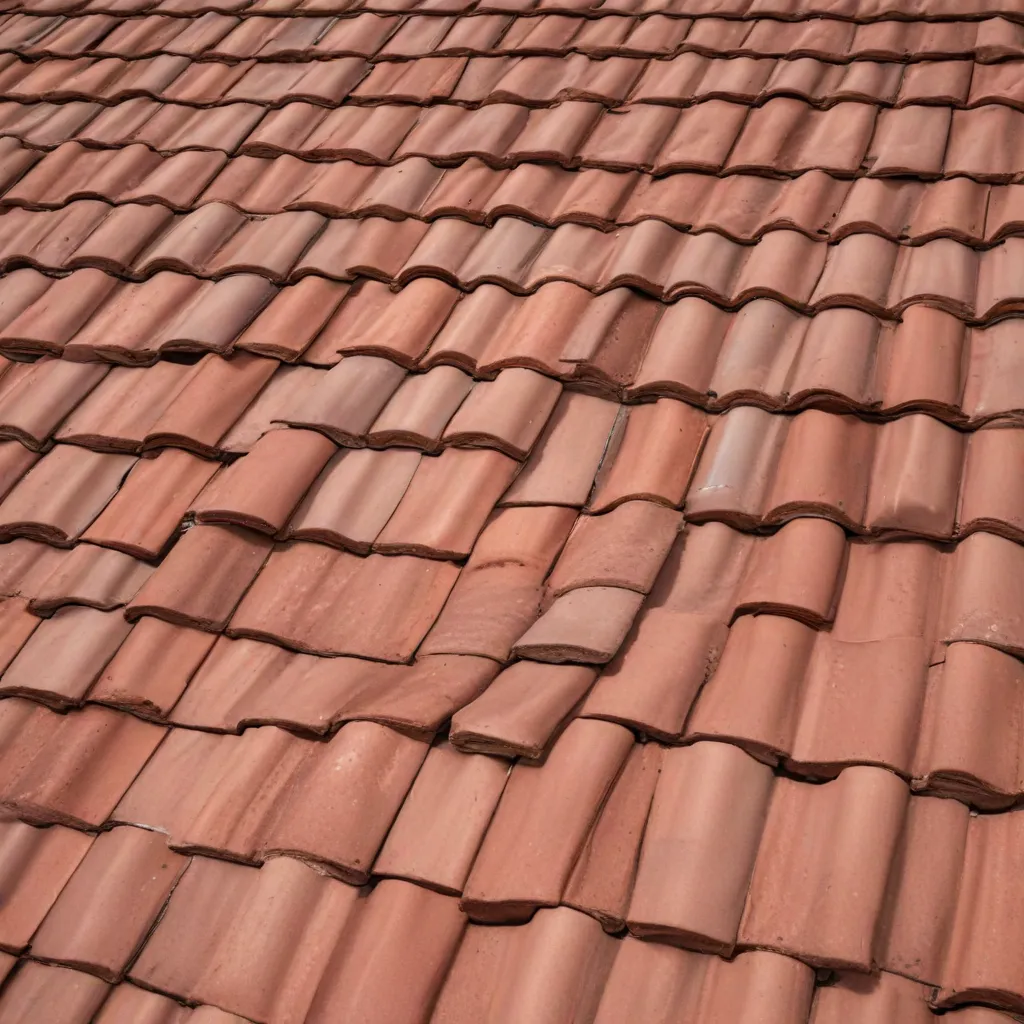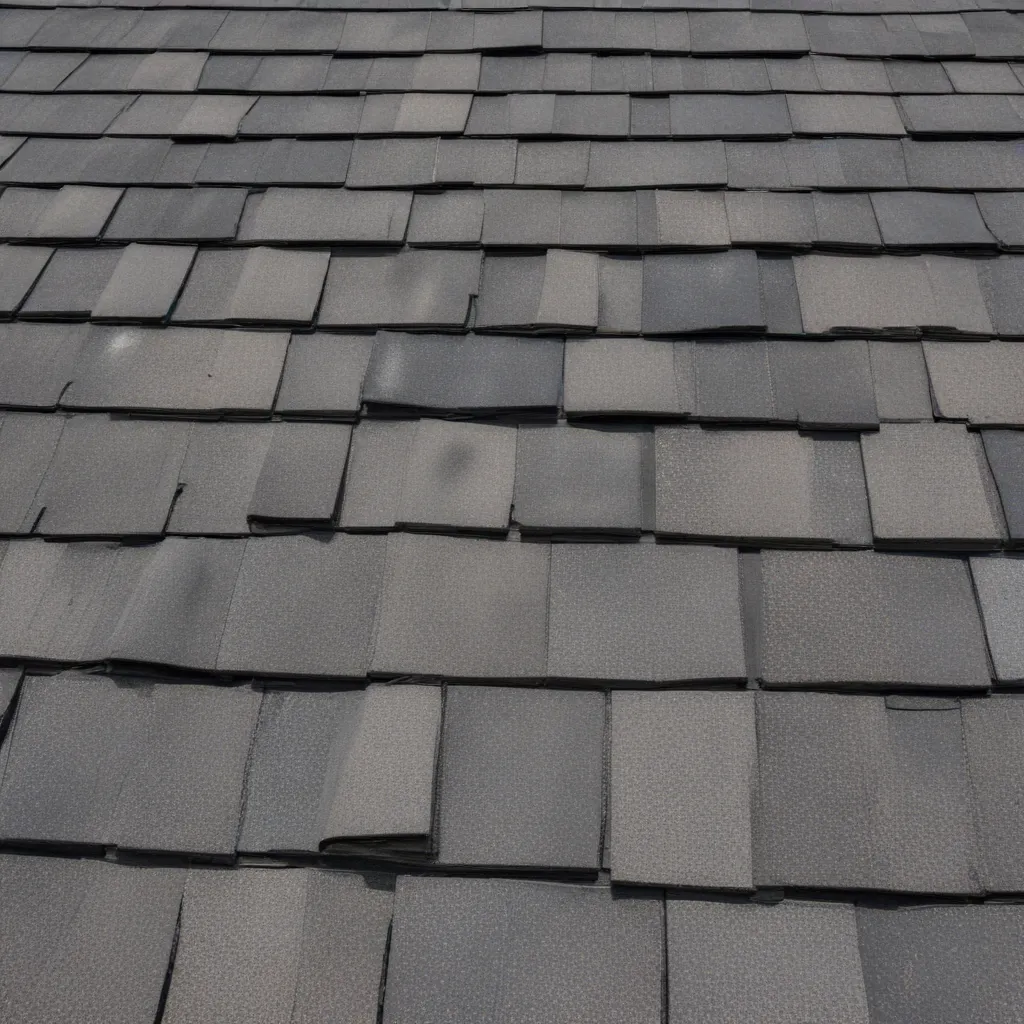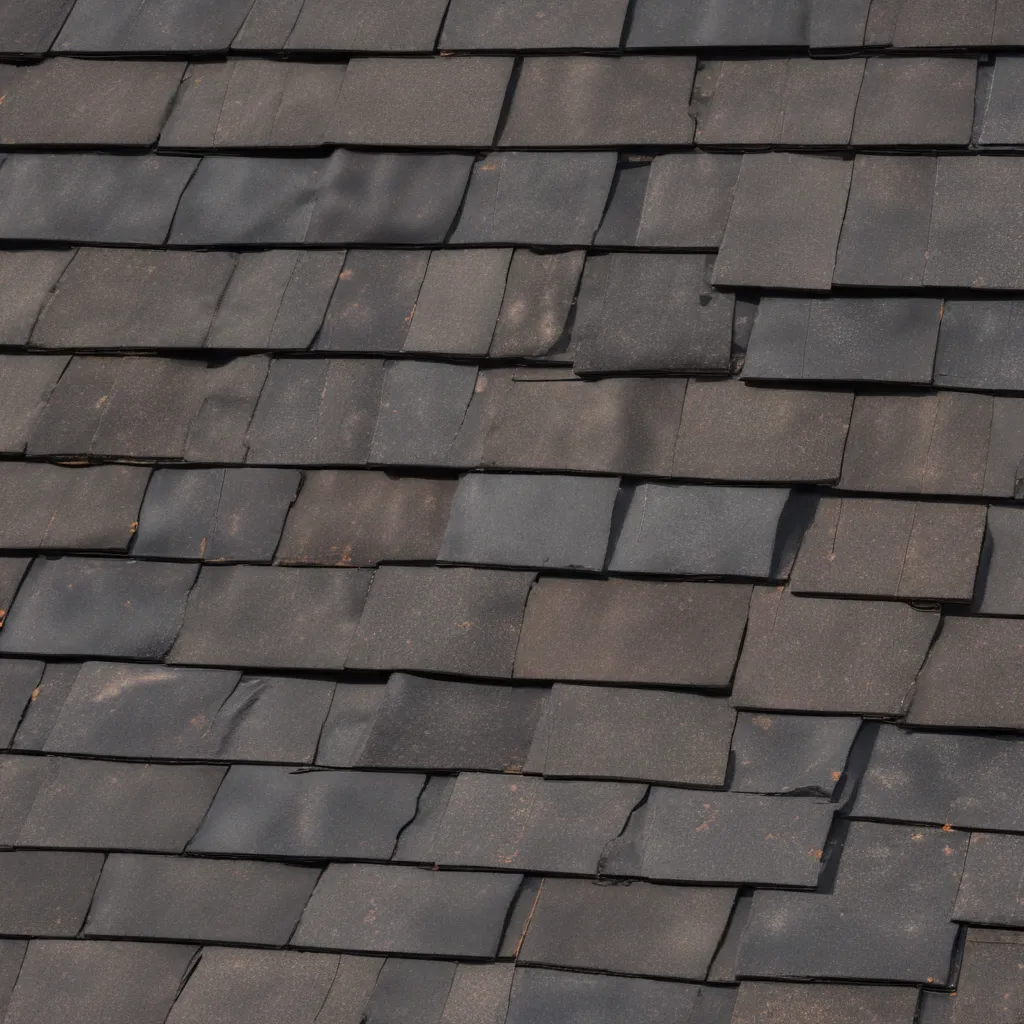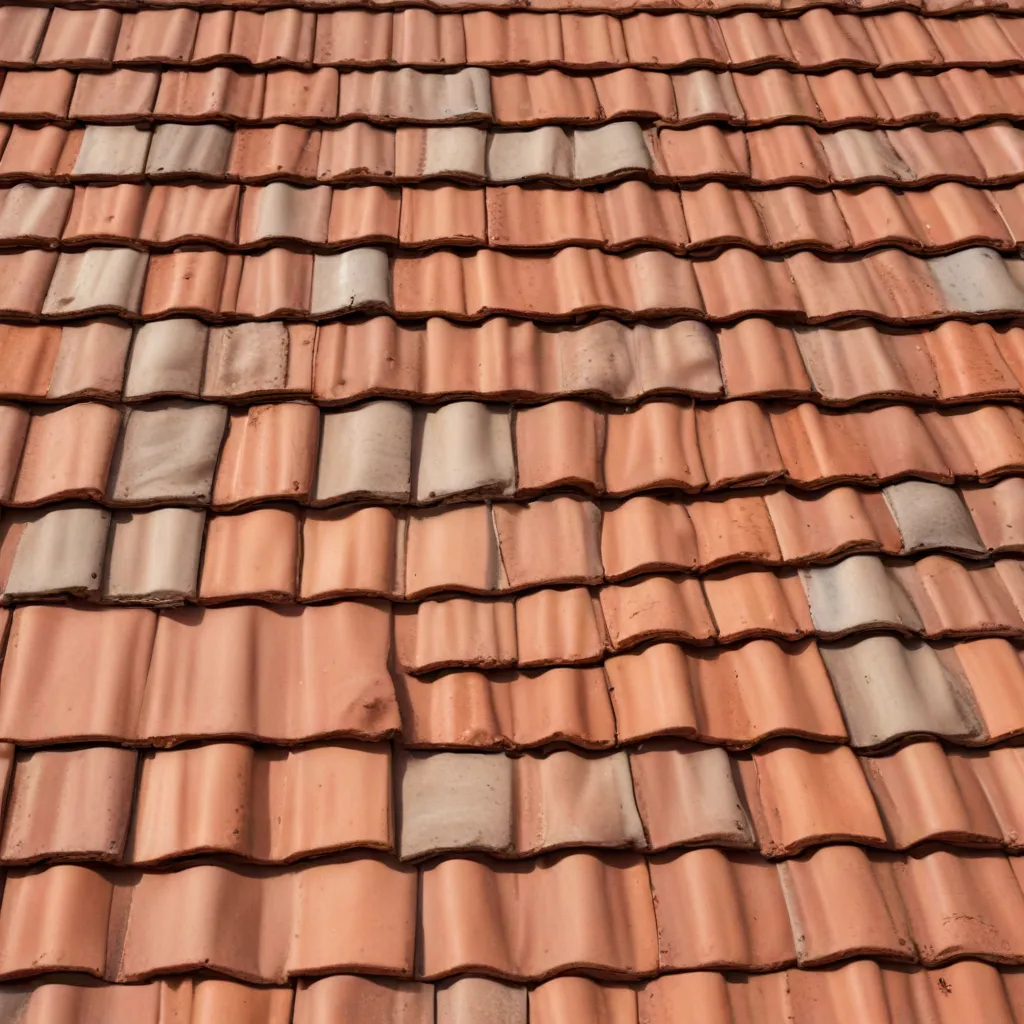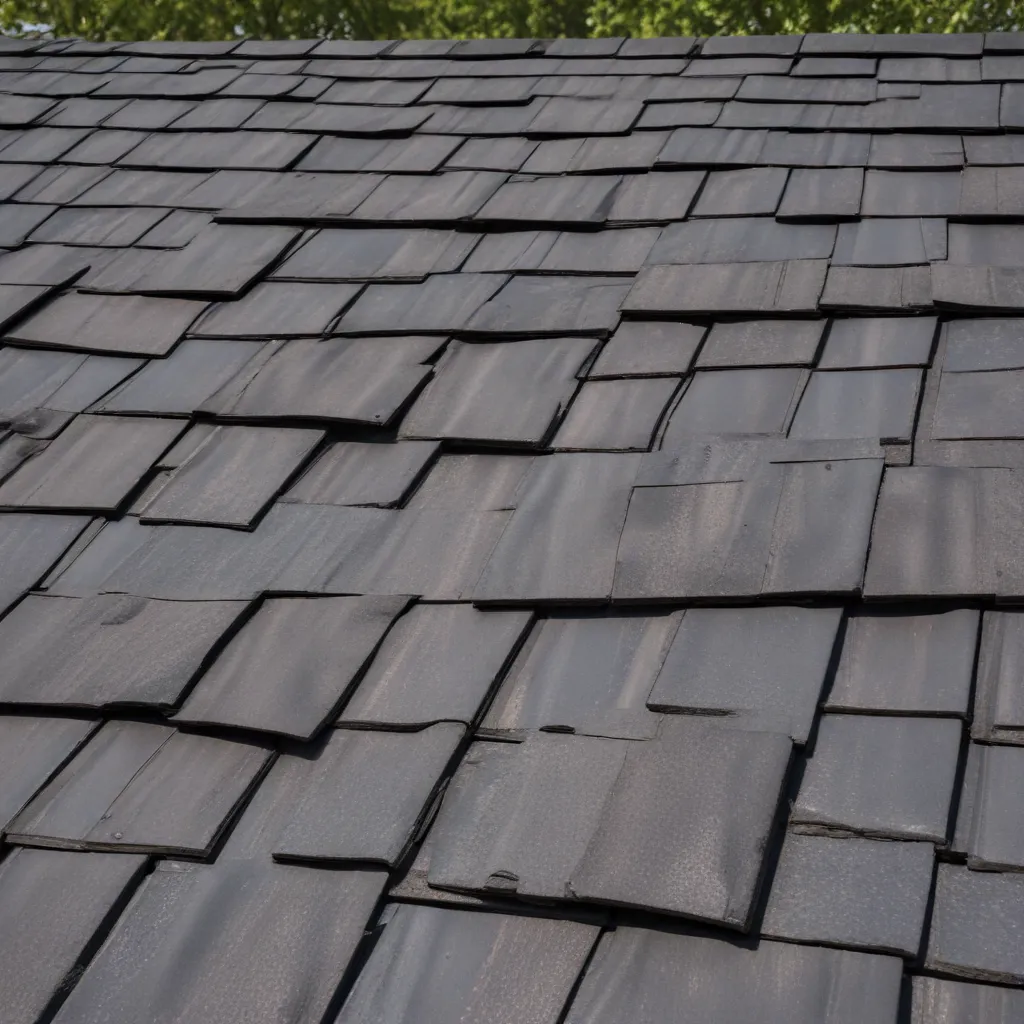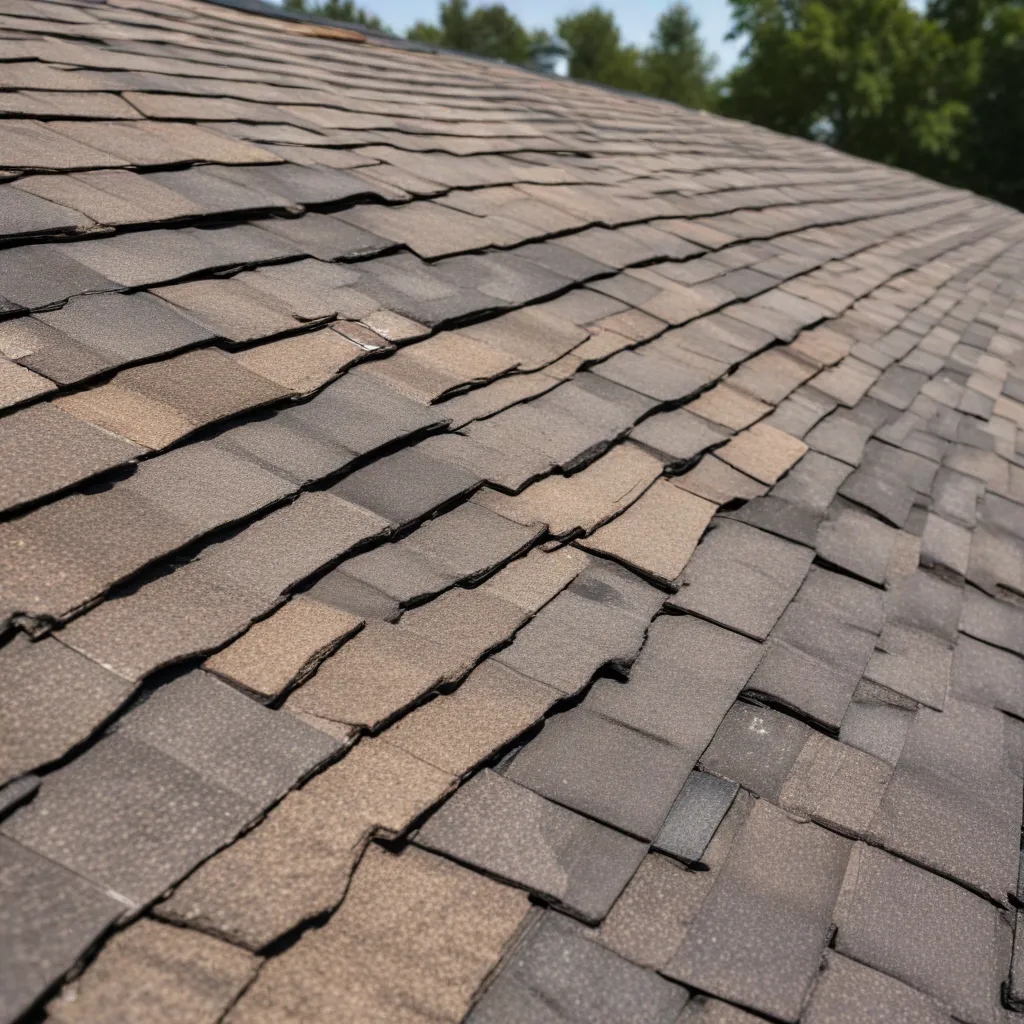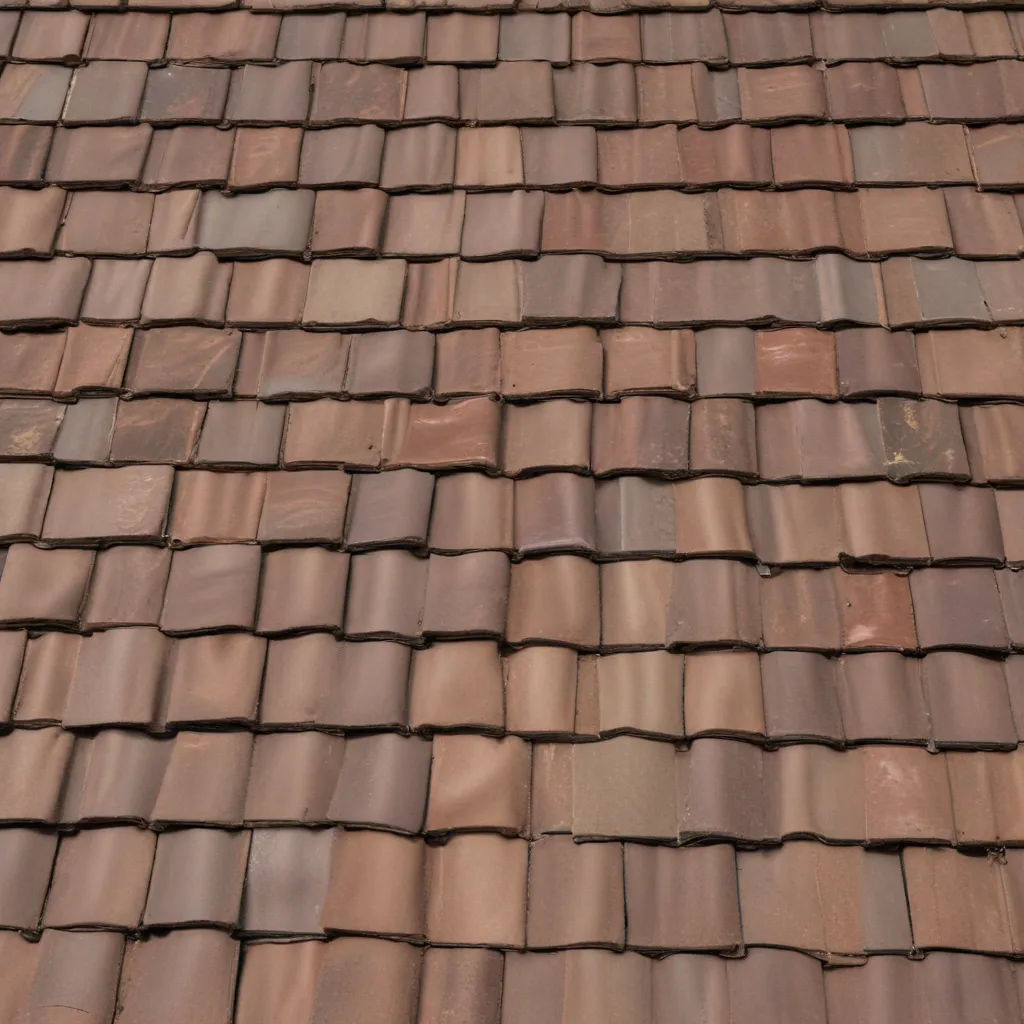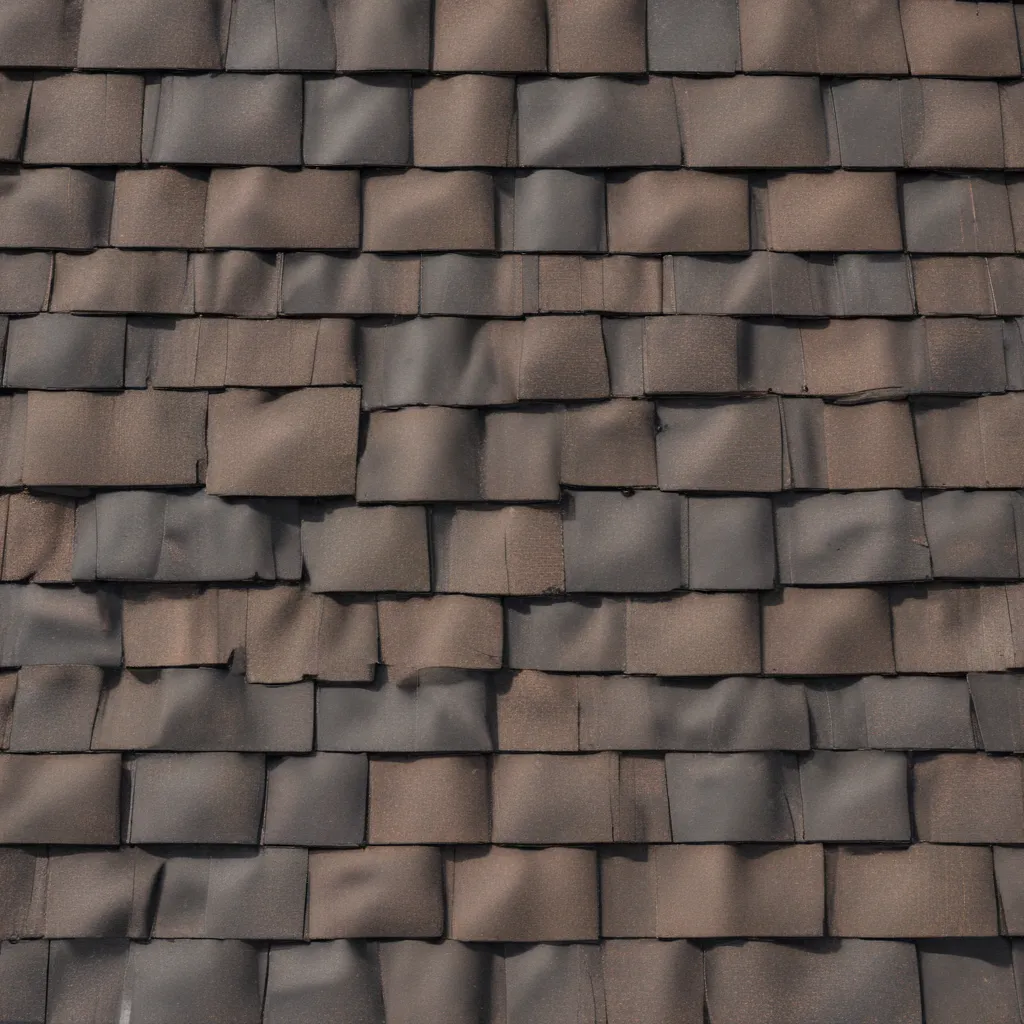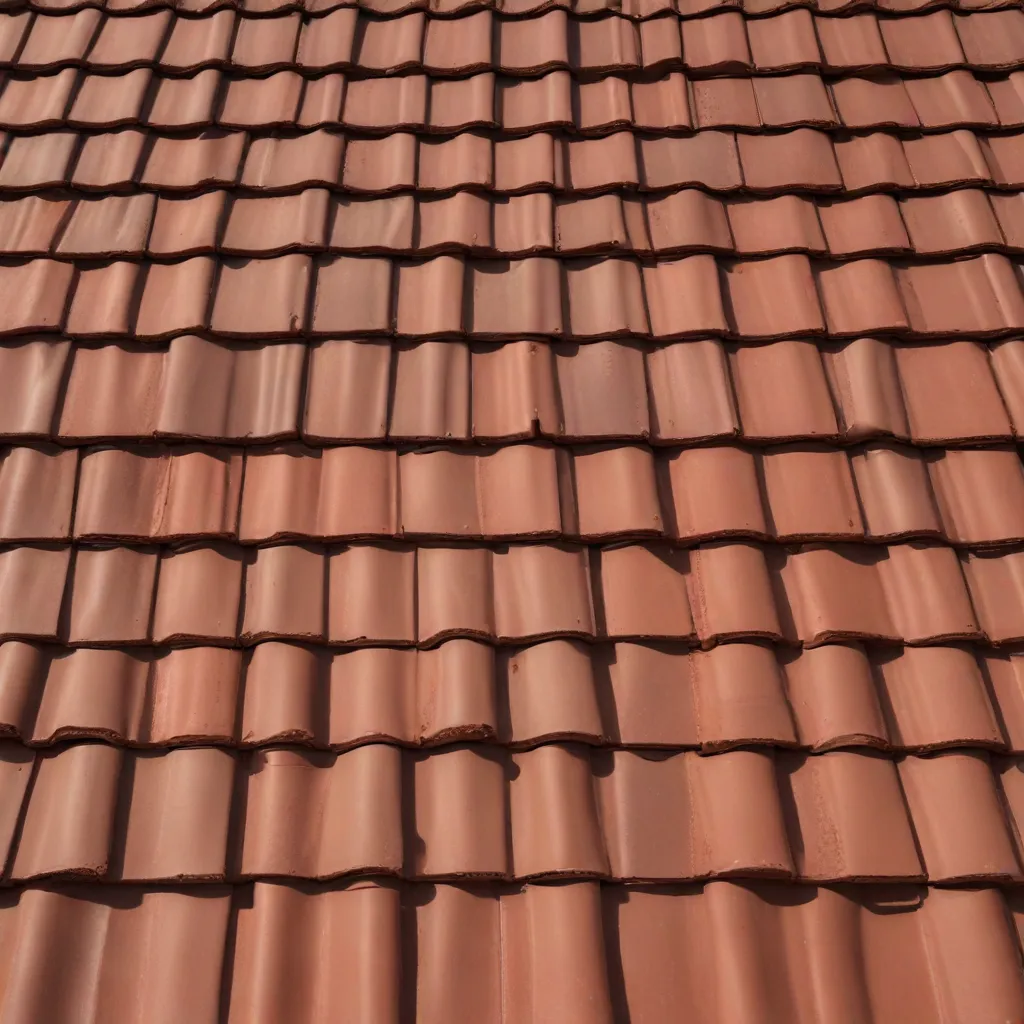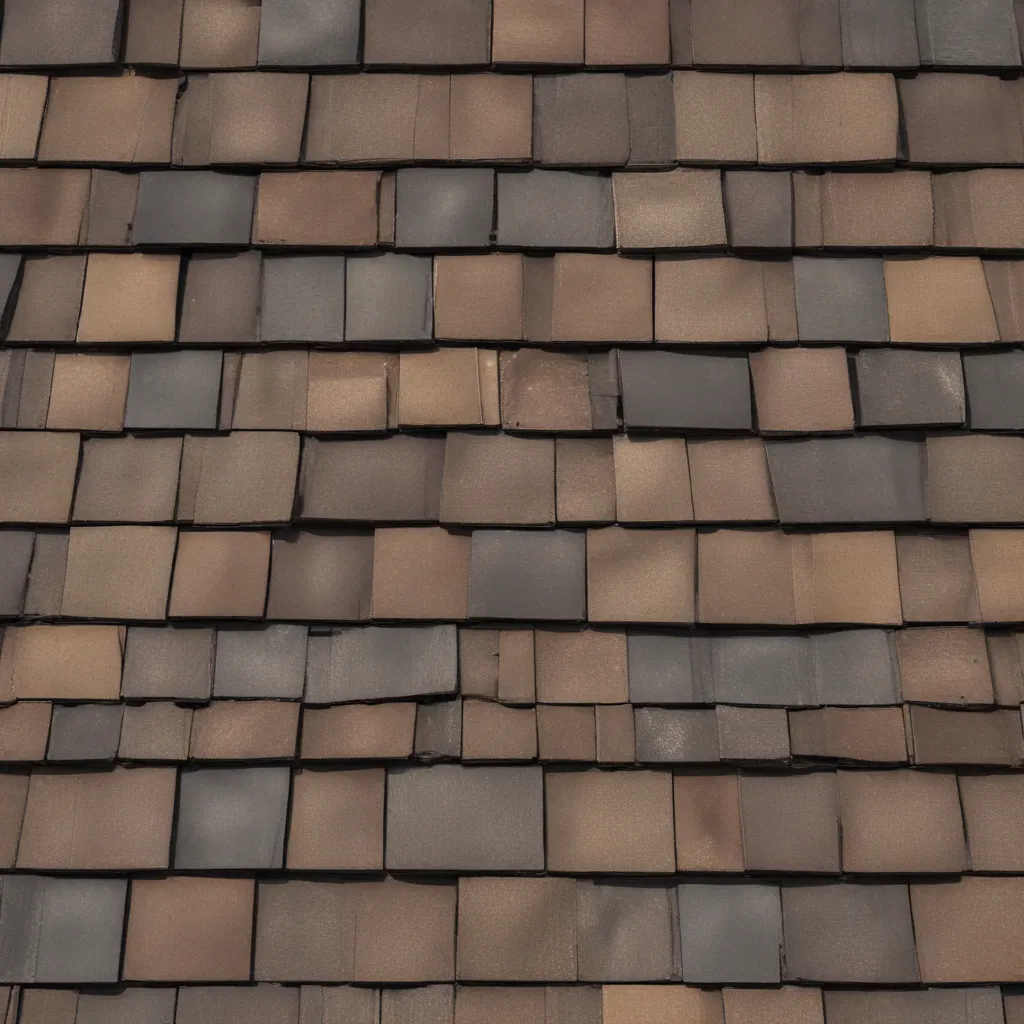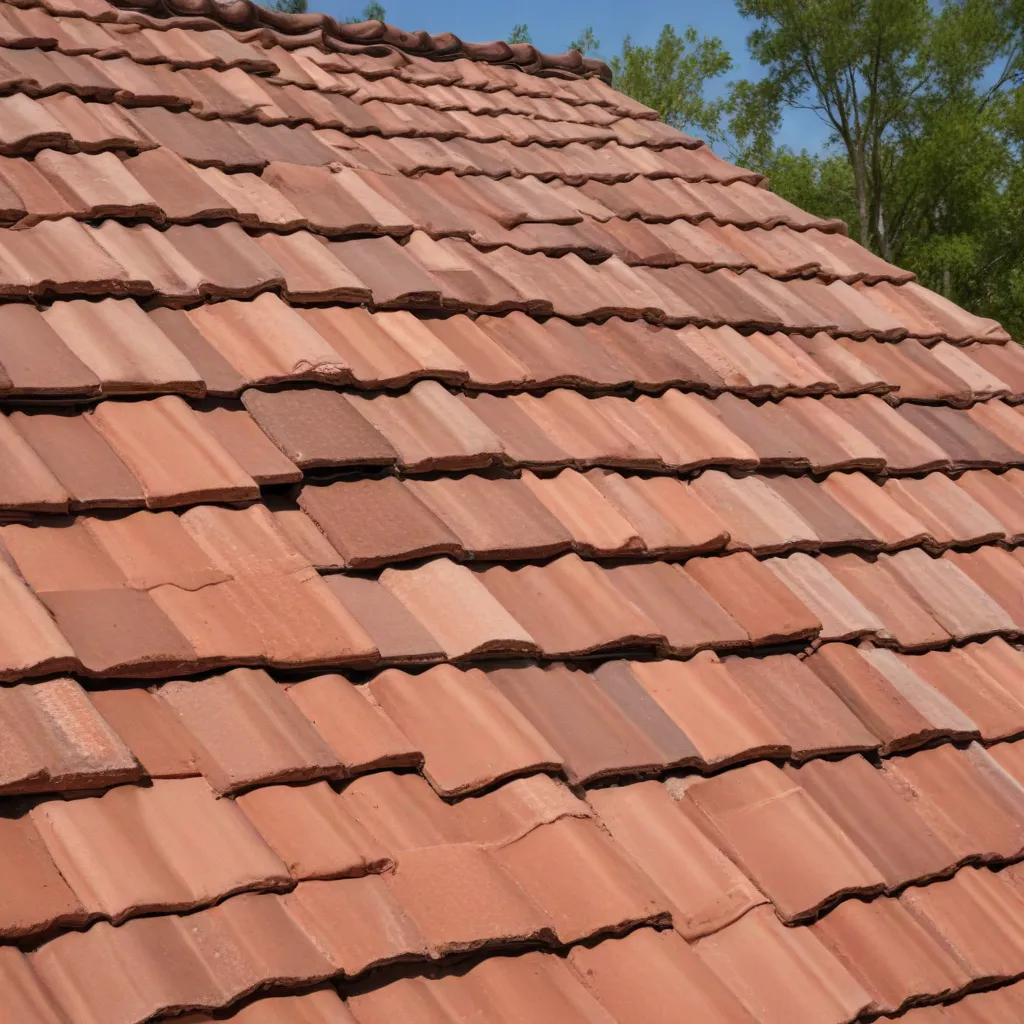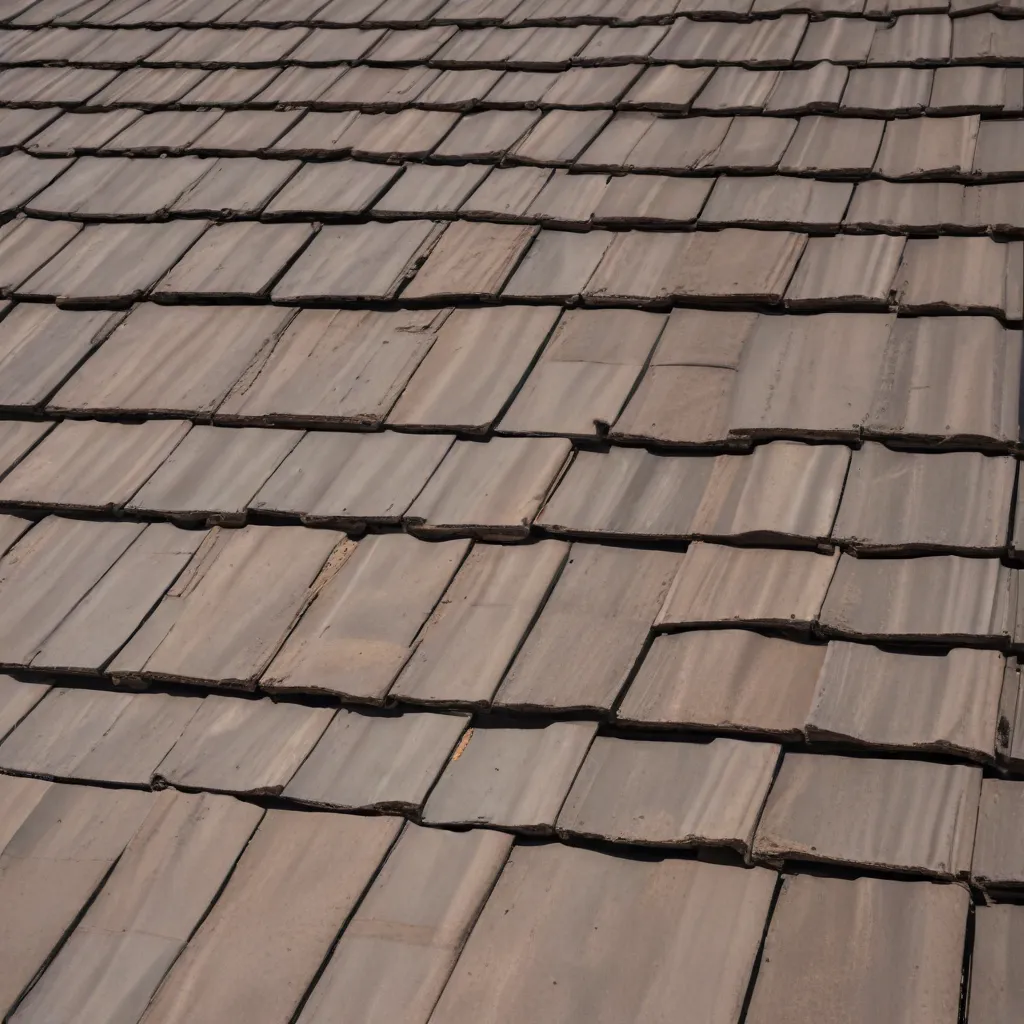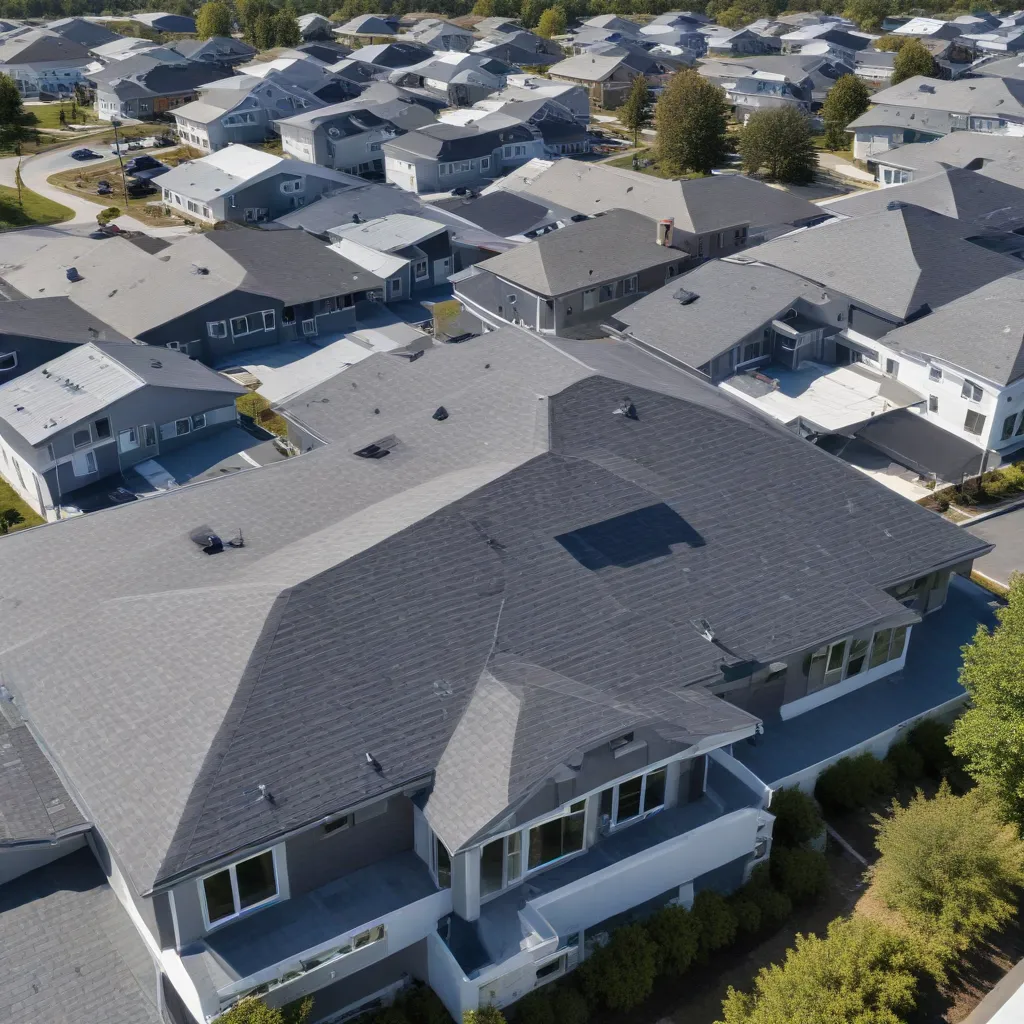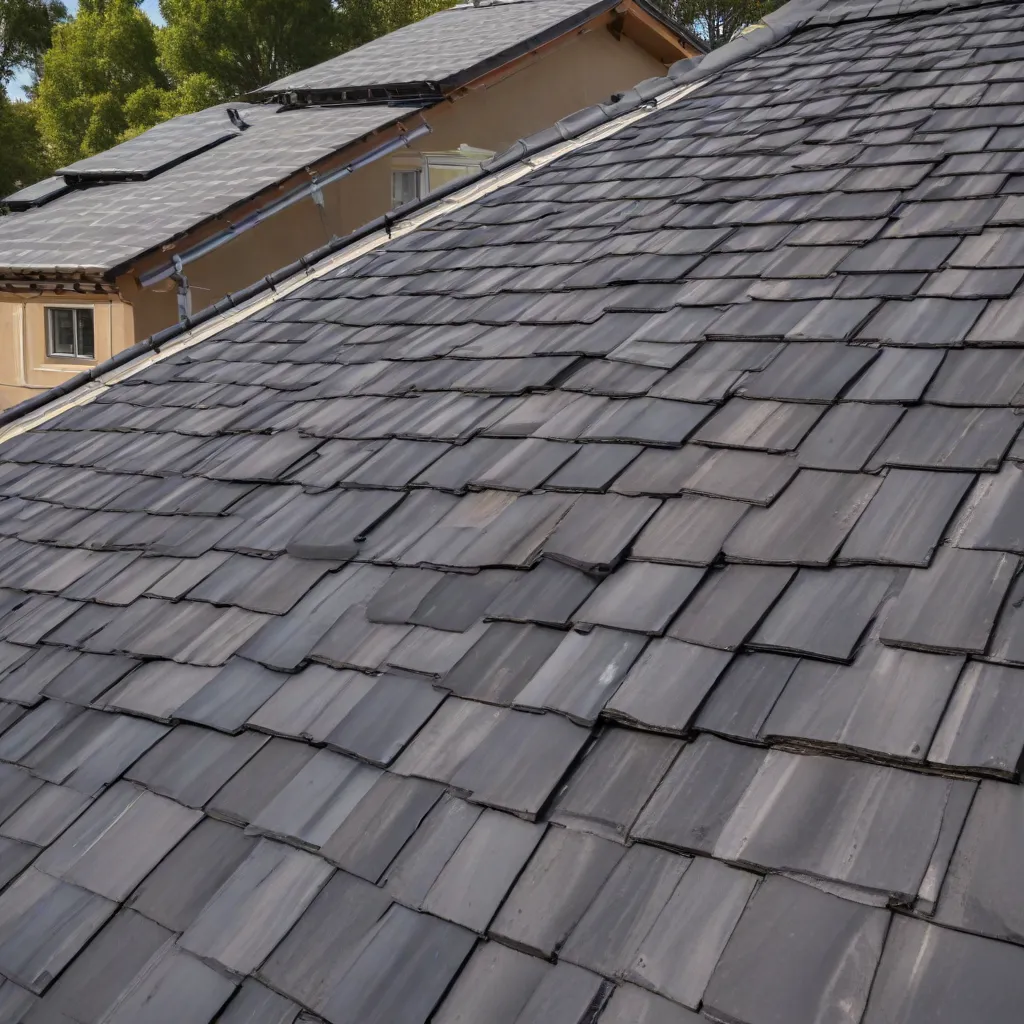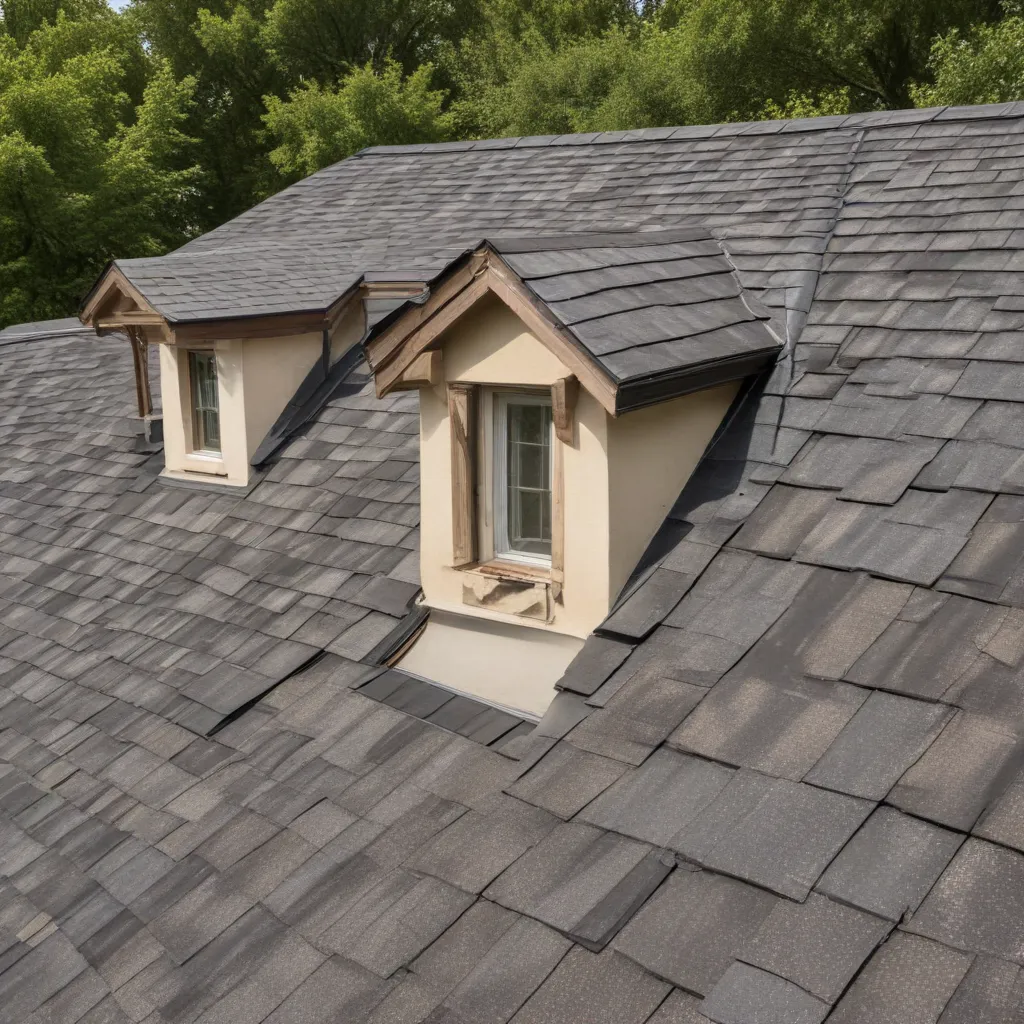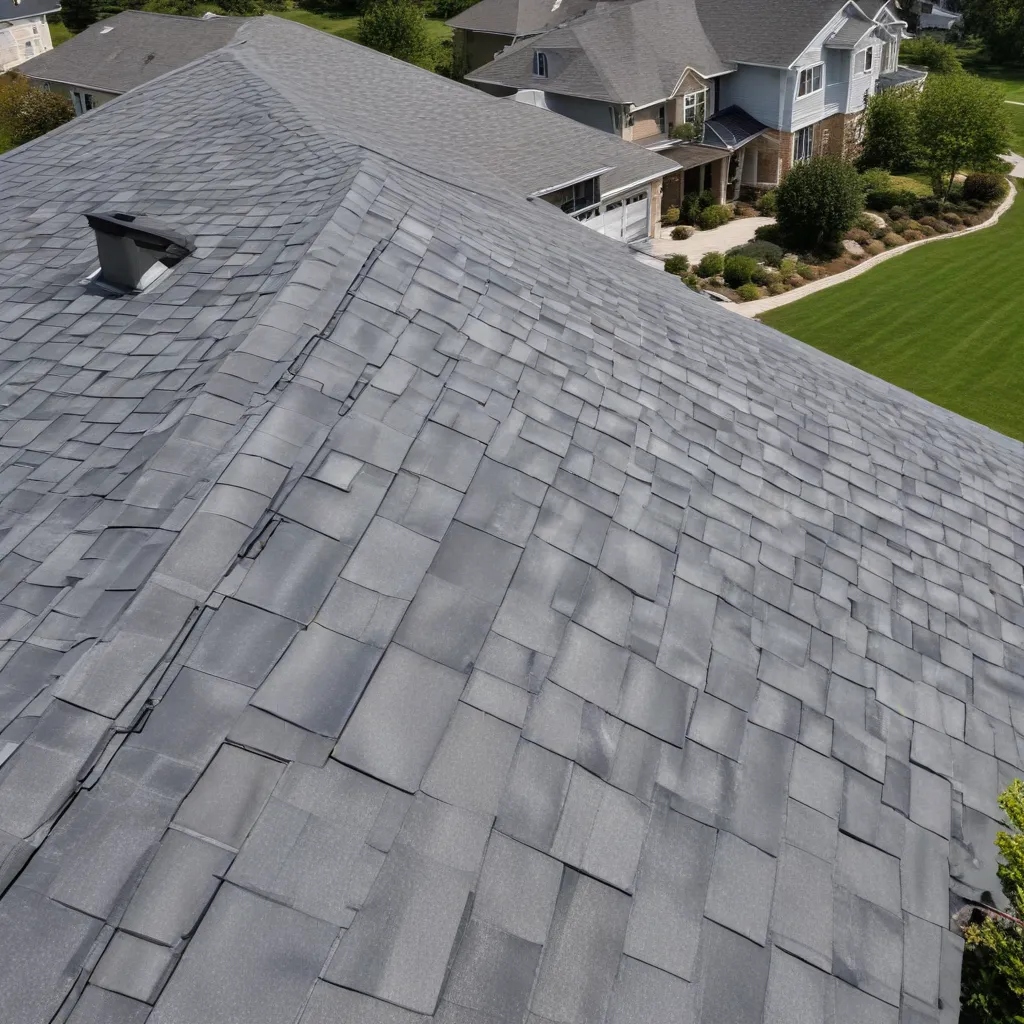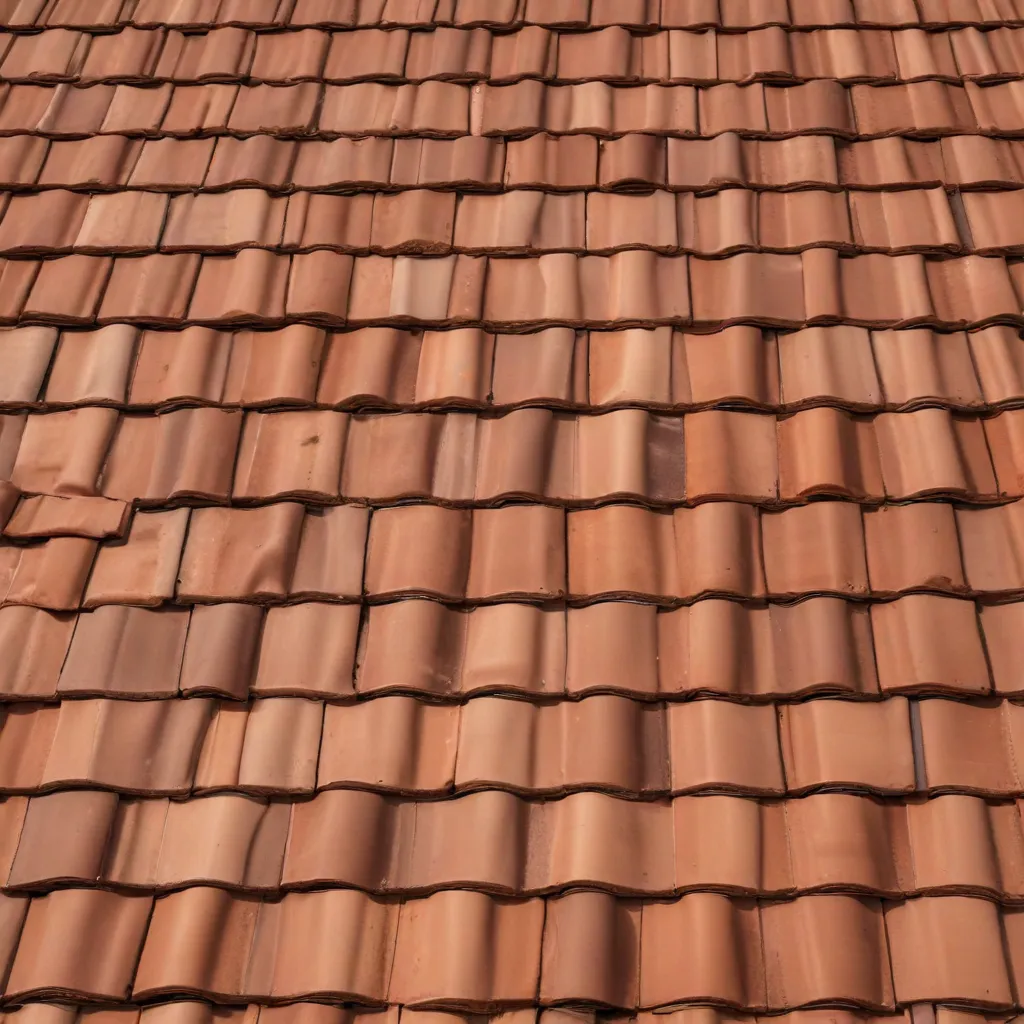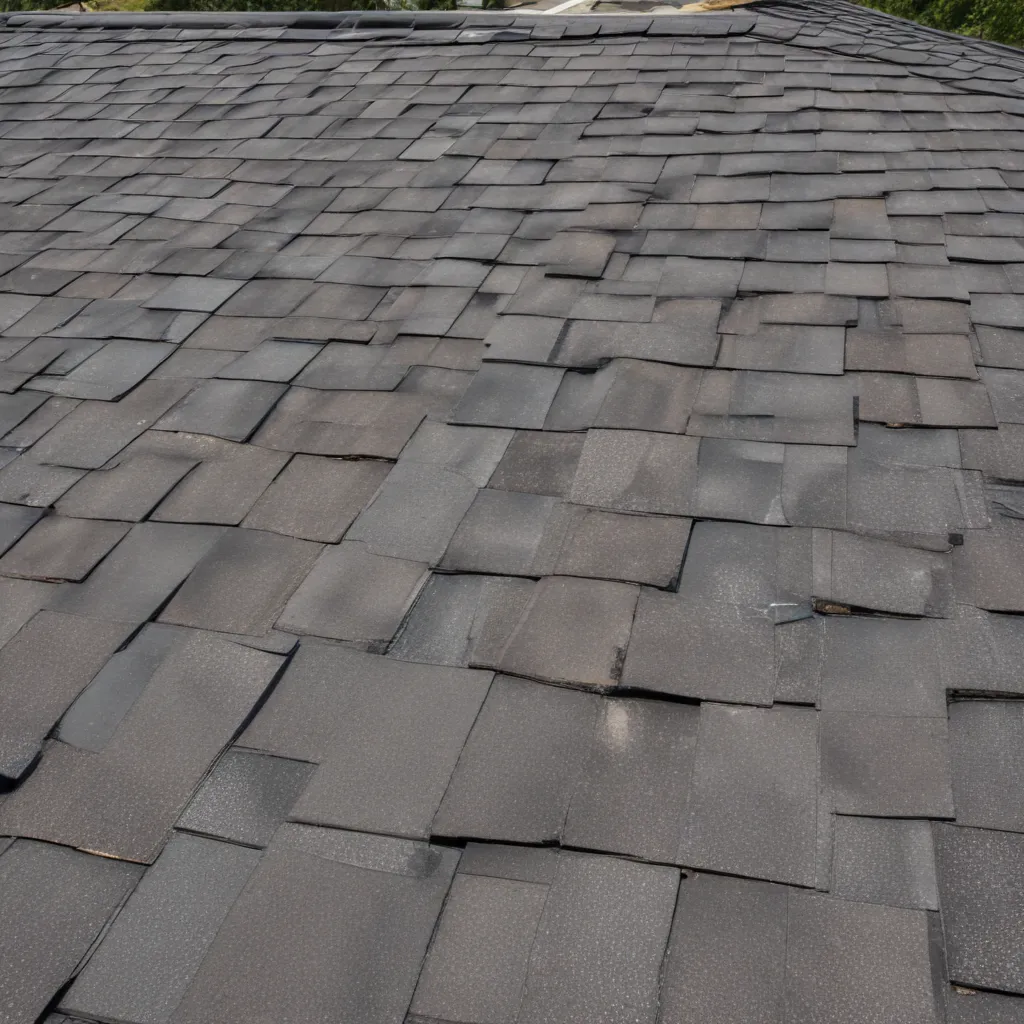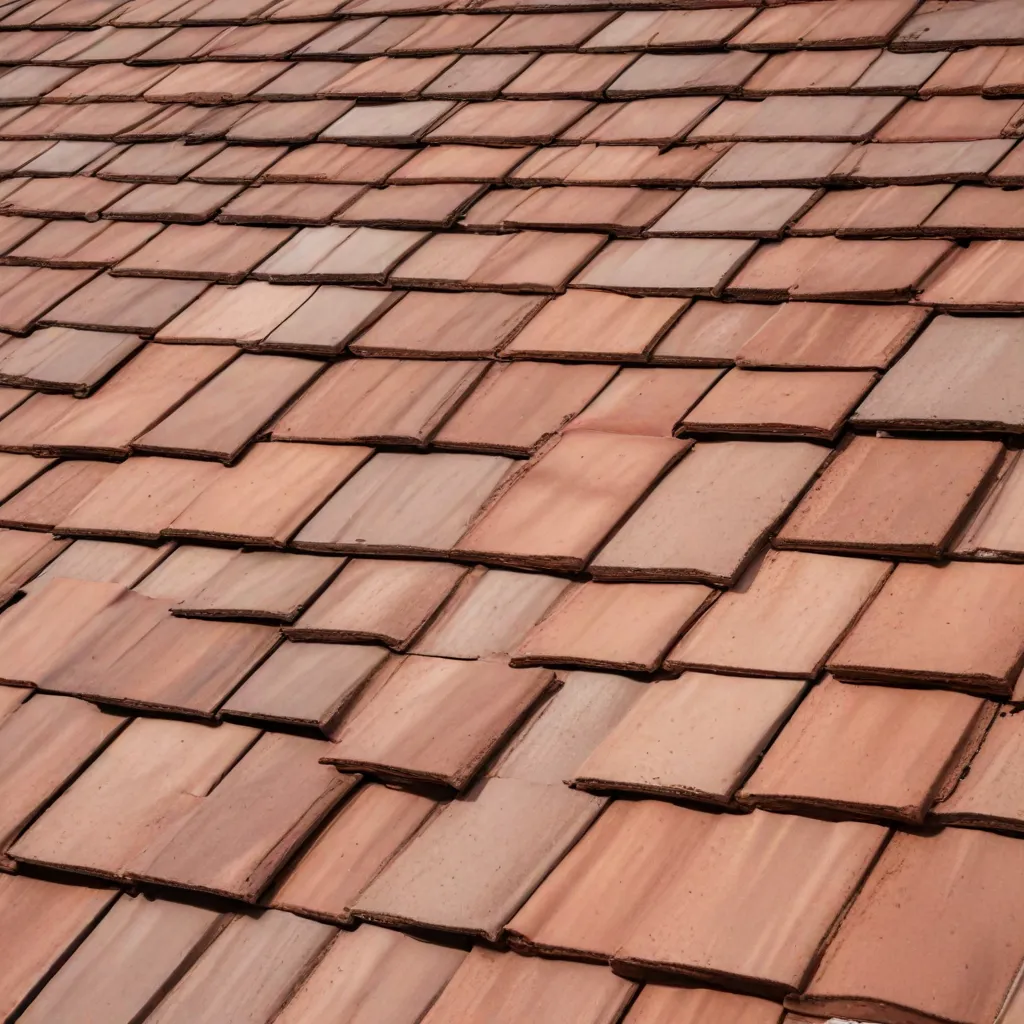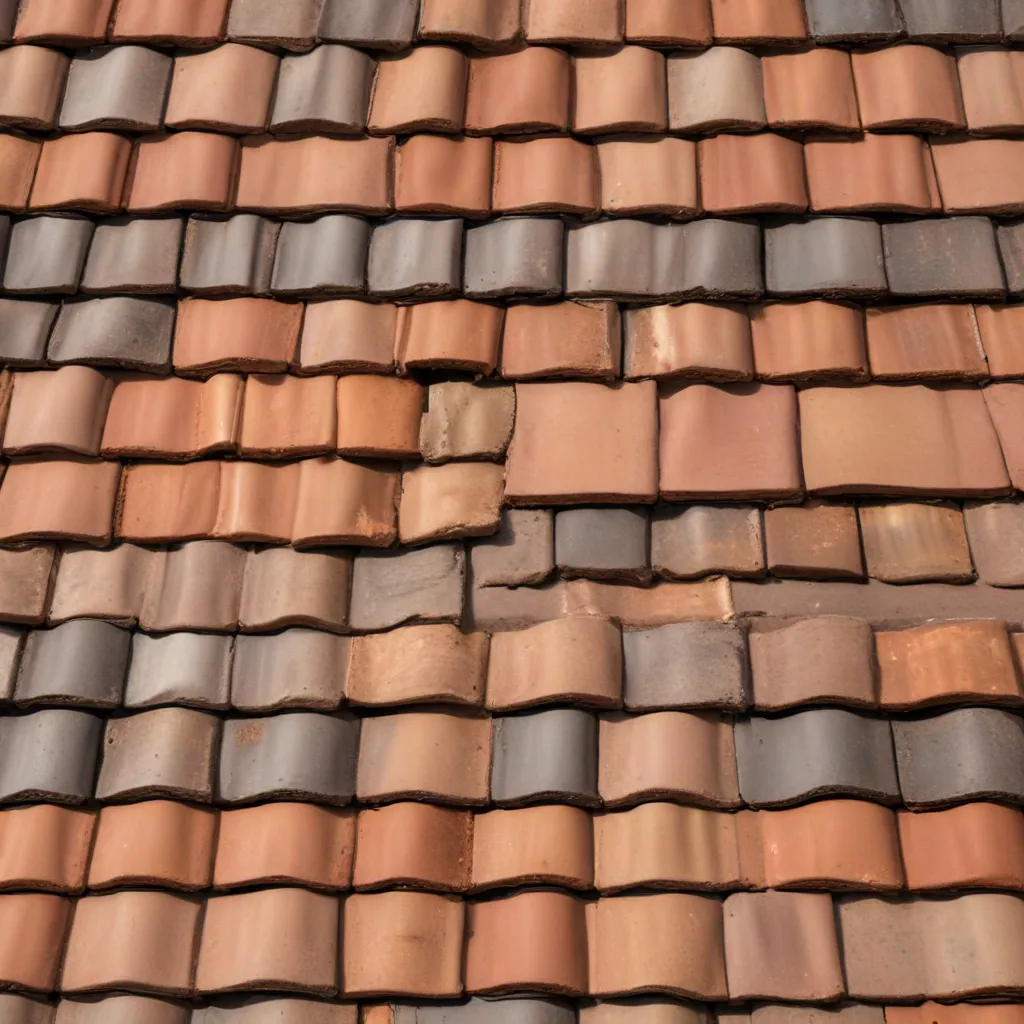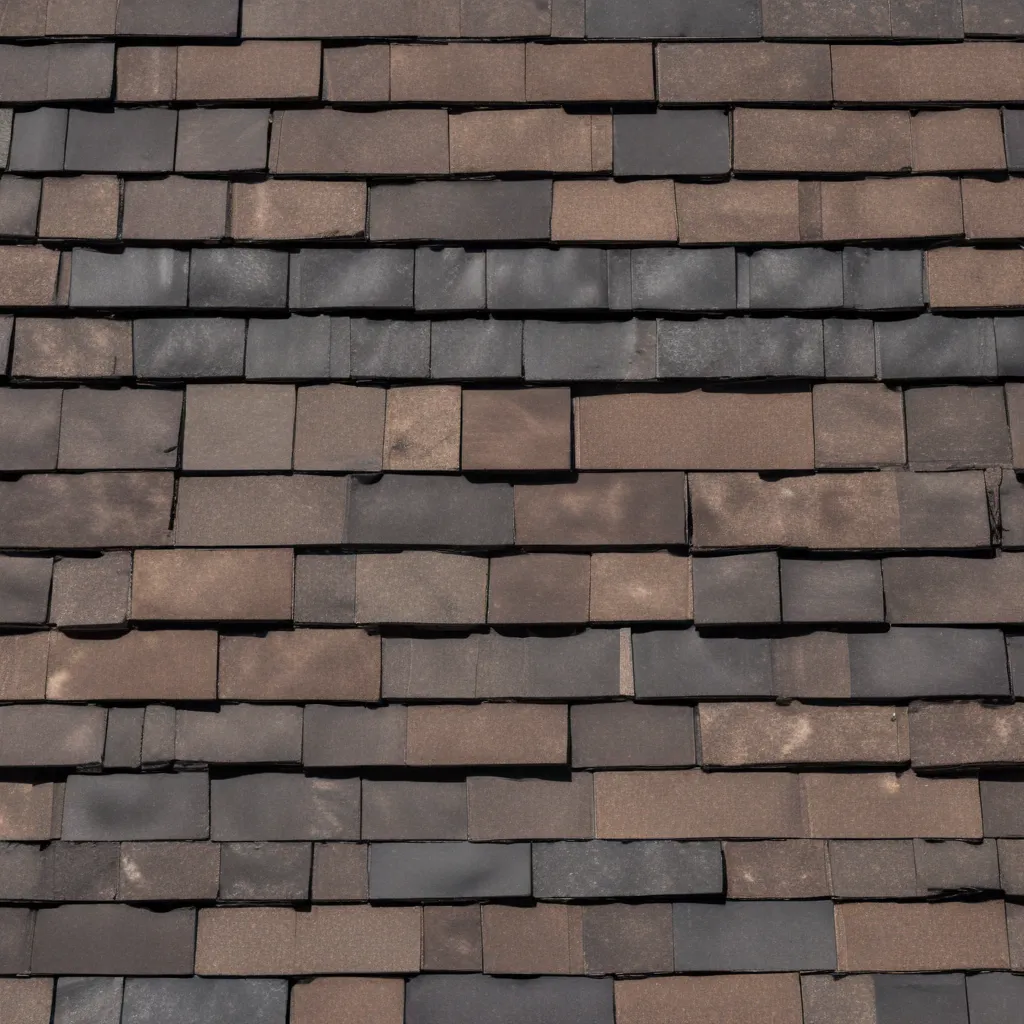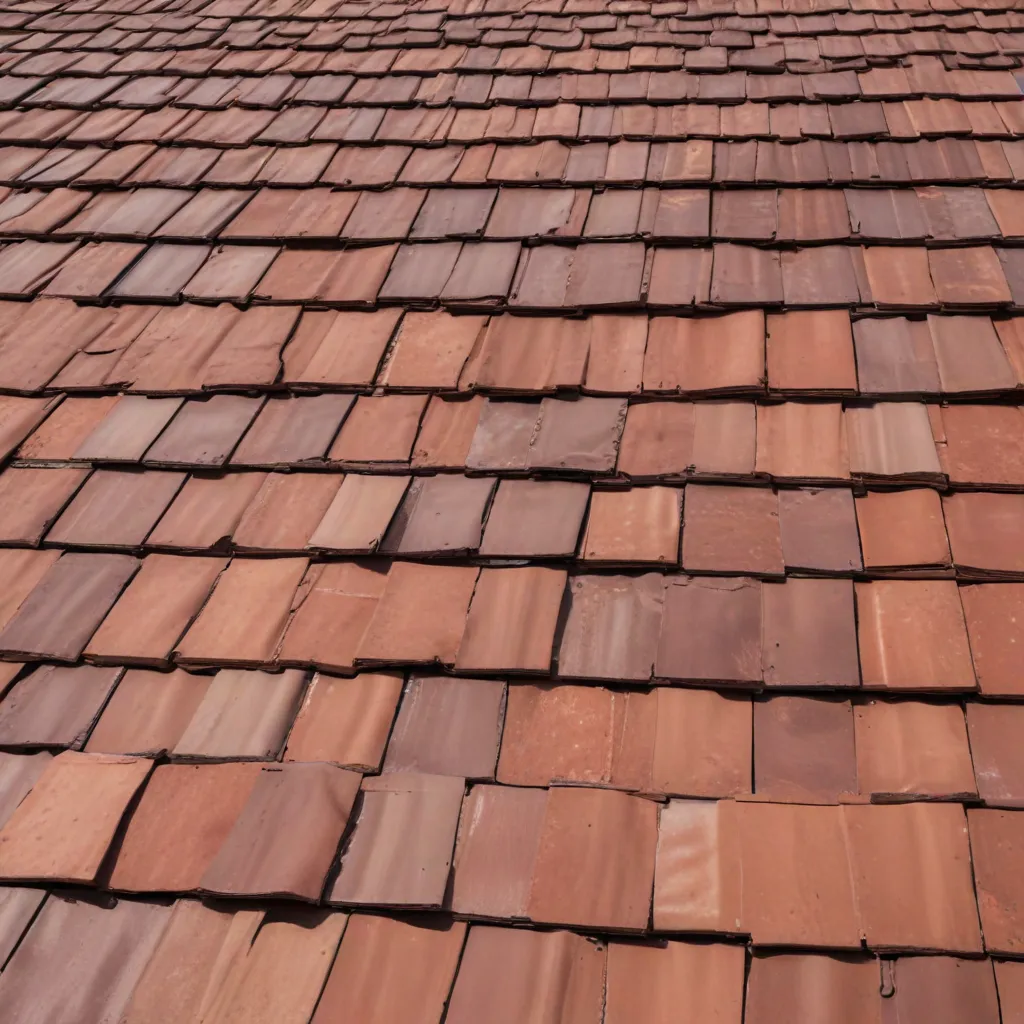When it comes to choosing a roofing style for your home, there are various options available, each with its own set of pros and cons. The right roofing style can greatly enhance the overall aesthetic appeal of your home while also providing the necessary protection against the elements. In this article, we will explore different roofing styles, highlighting their advantages and disadvantages, helping you make an informed decision that best suits your home.
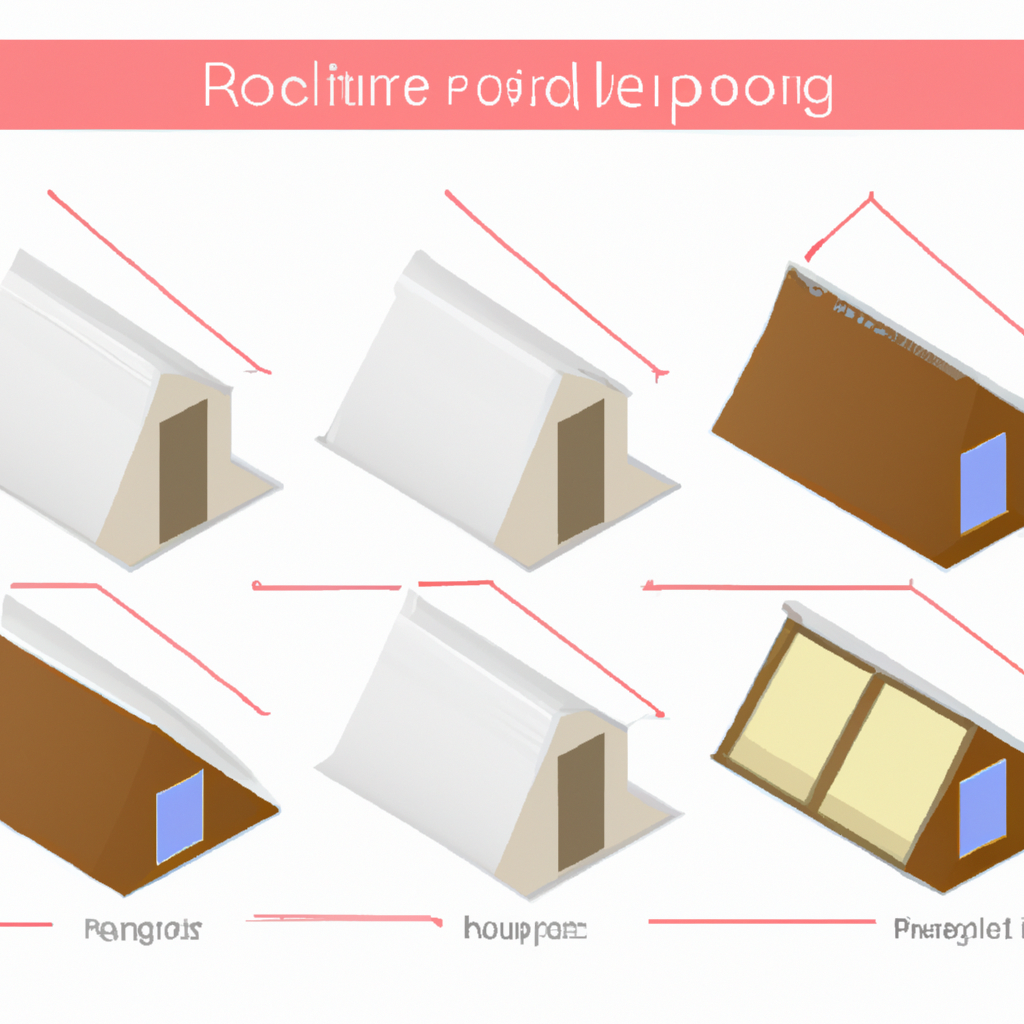
1. Asphalt Shingles
Asphalt shingles are the most commonly used roofing material in North America. They are affordable, easy to install, and available in a wide range of colors and styles. The main advantages of asphalt shingles include their durability, fire resistance, and low maintenance requirements. However, they may not be as long-lasting as other roofing materials and can be susceptible to damage from high winds or extreme temperature fluctuations.
2. Metal Roofing
Metal roofing has gained popularity in recent years due to its durability, energy efficiency, and modern aesthetic appeal. It offers excellent protection against harsh weather conditions, is fire-resistant, and can last for several decades. Metal roofs are also lightweight and environmentally friendly. On the downside, metal roofing can be more expensive than other options, and some homeowners may not prefer the sound of rain or hail hitting the metal surface.
3. Clay or Concrete Tiles
Clay or concrete tiles are known for their classic and elegant appearance. They can withstand extreme weather conditions, including strong winds and heavy rains. Clay tiles are also resistant to pests, rot, and fire. Additionally, they provide excellent insulation, contributing to energy efficiency. However, clay or concrete tiles are heavier than other roofing materials, requiring additional structural support. They can also be more expensive to install and may require periodic maintenance to prevent cracking or chipping.
4. Wood Shakes or Shingles
Wood shakes or shingles offer a natural and rustic look to any home. They are environmentally friendly and provide good insulation. Wood roofing is also durable, with proper maintenance and care. However, wood roofs require regular maintenance to prevent rot, mold, and insect infestations. They are also more prone to damage from fire and may not be allowed in certain areas with high fire risk. Additionally, wood roofing can be more expensive than other options and may require professional installation.
5. Slate Roofing
Slate roofing is known for its timeless beauty and longevity. It can last for over a century if properly installed and maintained. Slate tiles are fire-resistant, environmentally friendly, and require minimal maintenance. They are also available in various sizes, shapes, and colors, allowing for customization. On the flip side, slate roofing is one of the most expensive options available, both in terms of materials and installation. It is also heavy and requires a strong and sturdy underlying structure.
6. Synthetic Roofing Materials
Synthetic roofing materials, such as rubber, plastic, or polymer, offer an affordable and lightweight alternative to traditional roofing options. They mimic the appearance of other materials like wood or slate while providing enhanced durability and resistance to weather elements. Synthetic roofing is also easy to install and requires minimal maintenance. However, it may not have the same longevity as natural materials and may fade or deteriorate over time.
7. Green Roofing
Green roofing, also known as living roofs, is a sustainable and eco-friendly option gaining popularity. It involves the installation of vegetation and plants on the roof surface, providing numerous benefits such as improved insulation, reduced energy costs, and stormwater management. Green roofs also contribute to biodiversity and air purification. However, they require specialized installation and maintenance, can be more expensive upfront, and may not be suitable for all types of homes or climates.
Conclusion
Choosing the right roofing style for your home is a crucial decision that can impact its overall appearance, functionality, and longevity. By considering the pros and cons of different roofing materials, such as asphalt shingles, metal roofing, clay or concrete tiles, wood shakes or shingles, slate roofing, synthetic materials, and green roofing, you can make an informed choice that aligns with your preferences, budget, and the specific requirements of your home. Remember to consult with roofing professionals to assess your home’s structural needs and ensure proper installation for optimal performance and durability.

